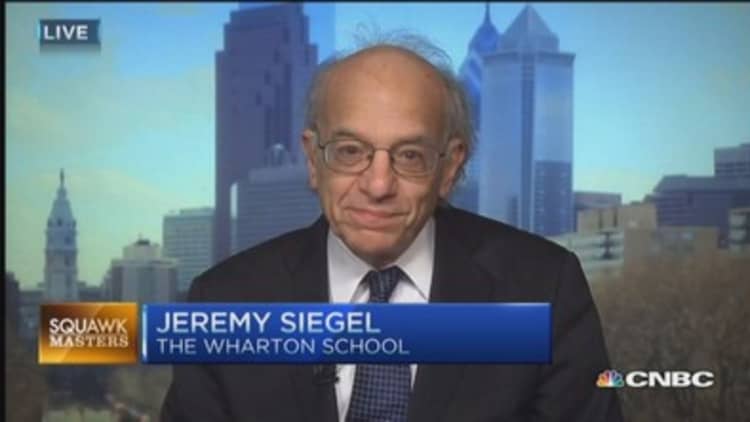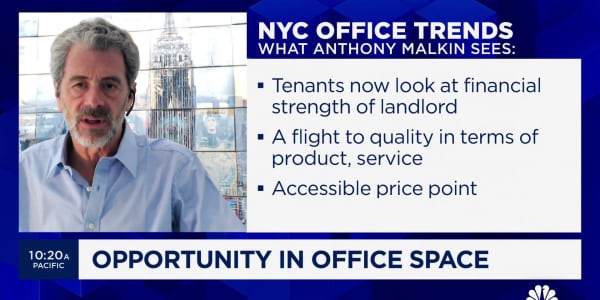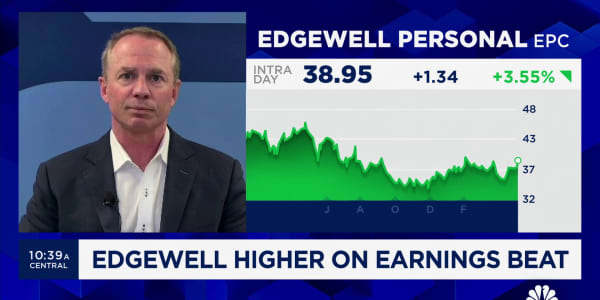Count Standard & Poor's top market expert among the bulls who have recently sounded a decidedly cautious tone.
Sam Stovall, U.S. equity strategist at S&P Capital IQ, told clients Monday that an impending interest rate hike combined with a handful of other factors will likely cause a substantial stock market drop. Specifically, he believes the likely will enter a correction phase, defined as a drop of more than 10 percent but less than the 20 percent move that would constitute a bear market.
Friday's unemployment report helped cinch the case: While the gain of 295,000 new nonfarm payroll positions emphasized a firming job market, it also brought home the reality to investors that the Federal Reserve is only months away from boosting its benchmark interest rate target.
That, according to Stovall, is almost certain to result in market tumult similar to what happened after the jobs report hit. The market plunged on the prospect of monetary tightening, a pattern Stovall said should persist at least through the early stages of Fed action.
Market drops 6 months before rate hikes
| Start Date | End Date | % Drop |
|---|---|---|
| 2/2/1946 | 2/26/1946 | 10.2 |
| 3/4/1955 | 3/14/1955 | 6.8 |
| 9/25/1967 | 3/5/1968 | 10.1 |
| 11/29/1968 | 5/26/1970 | 36.1 |
| 4/28/1971 | 11/23/1971 | 13.9 |
| 1/11/1973 | 10/3/1974 | 48.2 |
| 9/22/1980 | 9/29/1980 | 5.3 |
| 10/10/1983 | 7/24/1984 | 14.4 |
| 8/25/1987 | 12/4/1987 | 33.5 |
| 2/2/1994 | 4/4/1994 | 8.9 |
| 2/18/1997 | 4/11/1997 | 9.6 |
| 5/13/1999 | 5/27/1999 | 6.3 |
| 2/11/2004 | 8/12/2004 | 8.2 |
| Median Drop | 10.1 |
Source: Source: S&P Capital IQ
"The equity market's response to the increased likelihood of a June rate hike indicates just how nervous Wall Street is toward rate-tightening actions by the Federal Reserve. History explains why," he said in a note.
Read More
In the 16 instances since World War II that the Fed has started a tightening cycle, the market has fallen on 13 of the those occasions in the six months prior to rate hikes. Those moves have been as severe as the 48.2 percent bear market drop in 1973-74, and as mild as the 6.3 percent pullback in 1999. There were four bull-blown corrections and three bear markets.

Choosing between a pullback (less than 10 percent drop), correction or bear market ,Stovall believes the most likely is the correction scenario, if for no other reason than because it's been so long since the market has seen one. (Of course, on cue the market rose in Monday trading, showing just how unpredictable, and resilient, the current bull is.)
The has gone 41 months without a correction—despite 2014's near-miss—and that is nearly three years longer than the norm for bull market runs without a 10 percent or more drop.
Stovall's correction call is notable in that not only is he generally bullish about the market but he has on several occasions in recent months raised his price target for the index. S&P Capital IQ has a 2,250 12-month target, or an 8 percent gain from the current level and an even sharper jump should it fall to the 1,900 or so area that the correction call would suggest. The post-correction move to the 12-month target would equate to an 18 percent snapback and a huge buying opportunity.
Read MoreStrong jobs turn up pressure on Fed to act
Even with a drop to 1,900, that would put the bull market 185 percent above its crisis that happened six years ago Monday.
In a tweet Monday, Stovall said:
"While it may be advisable to brace for a correction, one should also prepare for a recovery in what could ultimately allow this sixth-year bull celebrate its 7th anniversary," he said in his client note. He added that a favorable yield curve and improving U.S. economy bode well for the market's long-term prospects.
Stovall's words of near-term caution reflect the sentiments of some other notable market bulls.
Jeremy Siegel, the Wharton professor who has predicted the Dow Jones industrial average is well on its way to 20,000, told CNBC earlier Monday that he also believes the initial phase of Fed tightening could bring a correction.
Read MoreI won't be surprised by a stock correction: Siegel
And Jeffrey Saut, the long-term bullish chief investment strategist at Raymond James, cautioned about a "large buildup of internal energy in the market" that could lead things either way. However, he noted that when the Dow transports do not confirm historical highs for the industrials, a decline of 8 percent to 10 percent often has been on the horizon.






